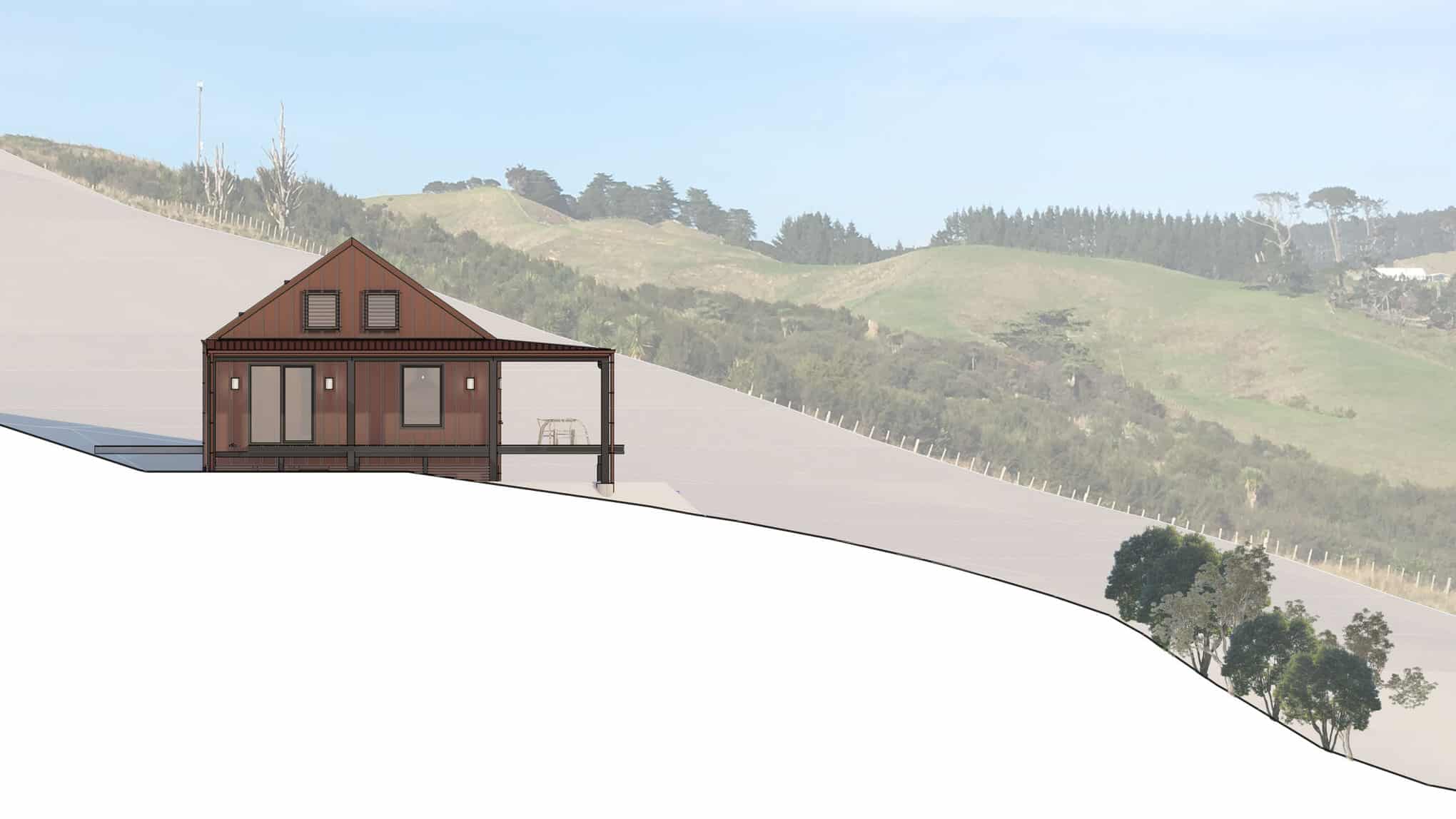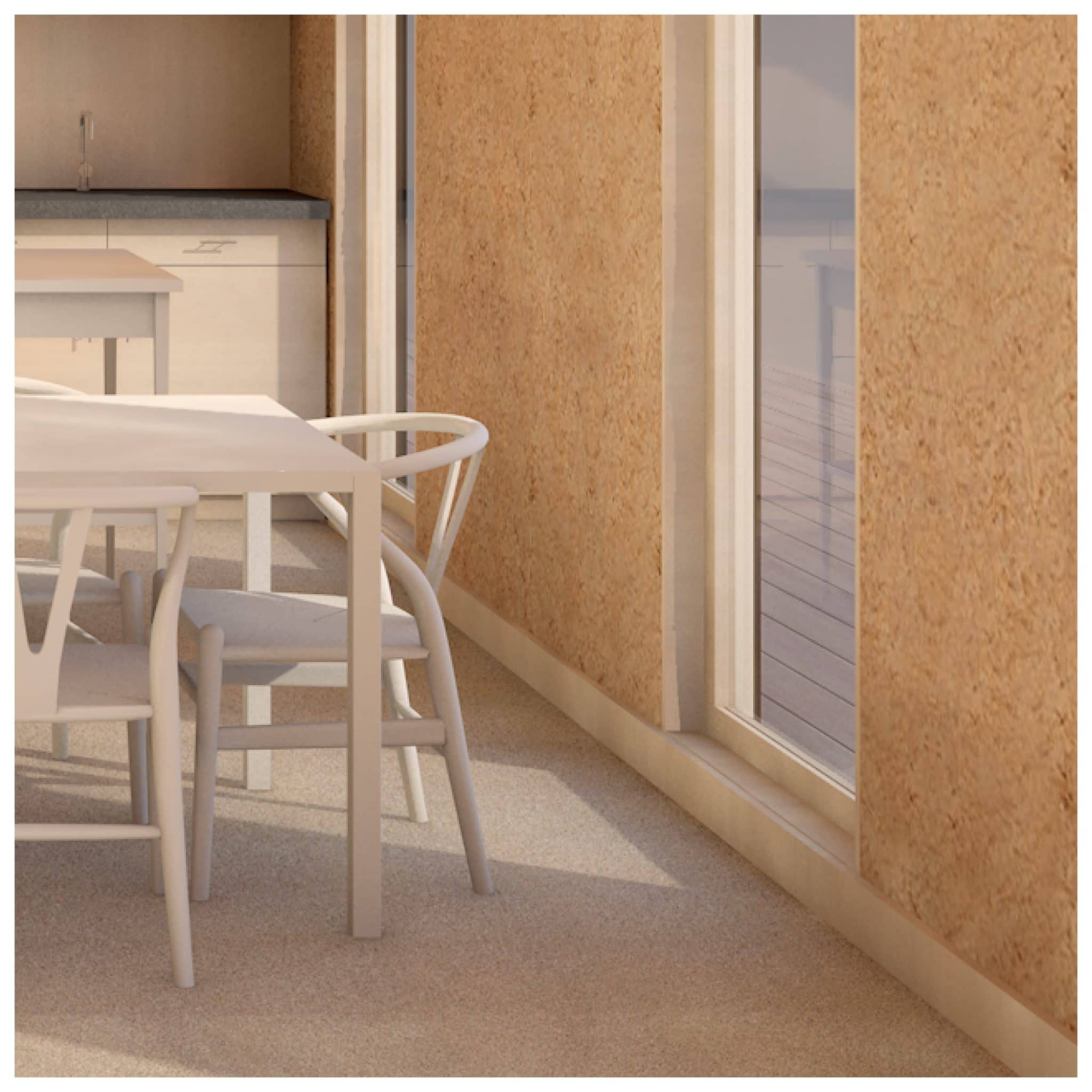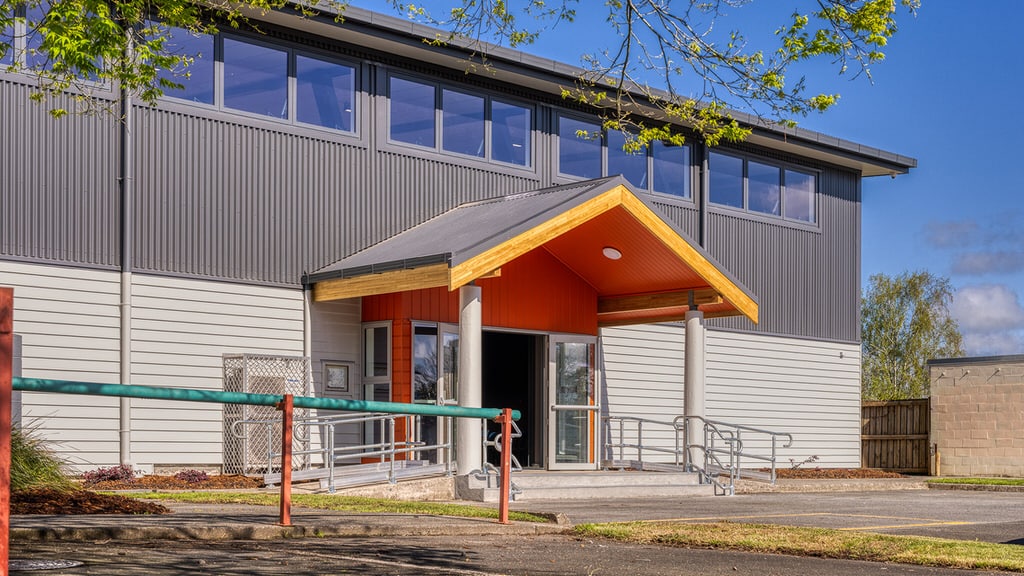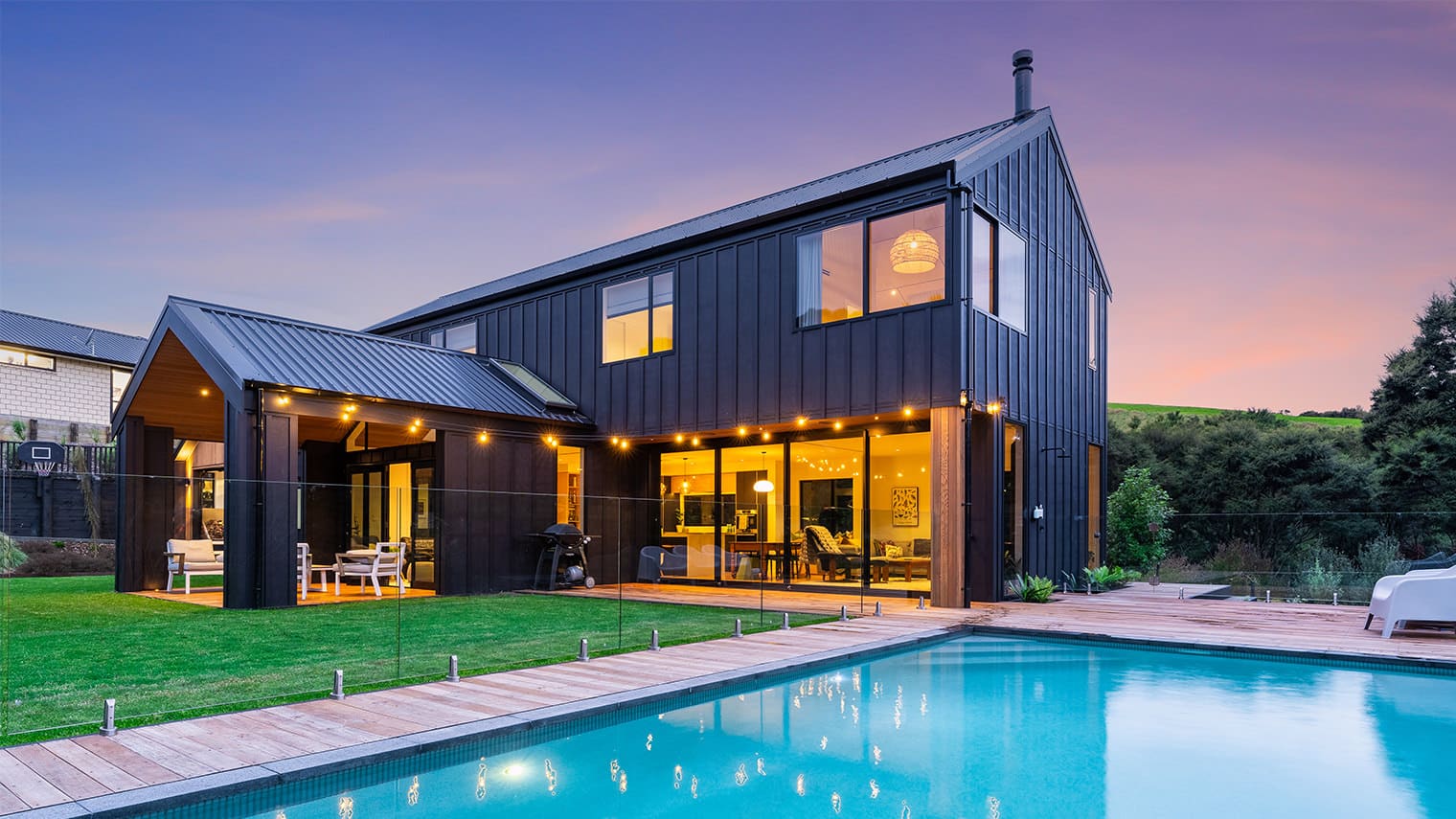How much does it cost to design and build a Passive House in NZ?

In the third instalment of our Passive House series, we look at how much it costs to build a Passive House certified home.
In New Zealand, Passive House certified homes are currently seen as the realm of the wealthy – only applicable to one-off houses with big budgets. And, with New Zealand already one of the most expensive countries in the world in which to build, the thought of paying an added premium can be daunting to say the least.
But the thinking is certainly changing. In other parts of the world the cost of building a Passive House is almost the same as a standard house, and there are even Passive House Certified social housing developments. In New Zealand, the more Passive House certified buildings that are built, the more the prices will come down and the more attainable having a warm, healthy home will become for kiwis. And in fact it’s already happening, with the first Passive House certified multi-unit housing development currently being built in Dunedin.
Right now, while there may be a cost premium involved with Passive House builds (due in part to lack of experience and a limited choice of available products), it’s not as big as you think. The premium can also be reduced through careful design and modelling, and offset in various ways, with studies showing that the extra costs can be recouped in under 10 years through things such as lower energy bills, less time off work and even fewer doctor’s bills!
There is also the additional value of a Passive House vs standard building – with the former being more robust, healthier and definitely never mouldy. Auckland Council has recently agreed to recognise buildings built to Passive House standard on LIM reports, and banks such as ANZ are starting to offer lower rates on mortgages for Passive Houses.
Joe Lyth from Respond Architects is currently trying to resolve the question of cost as he designs a Passive House certified home for his own family. Together with Respond, he’s looking at how a Passive House can be produced within a tighter budget, using simple, functional interiors which can then be upgraded by the inhabitants over time, as bank accounts allow. His goal is to show that designing a Passive House certified home isn’t as restrictive as you might think – both in terms of cost or design innovation.
An example of current Passive House project costs*:
A three bedroom, one bathroom home on a rural section, 50 mins north of Auckland. The rural location means additional services are required – septic system, rainwater system, fire water tanks; and the interior has minimal, robust finishes with basic fittings.
*Prices based on the contract price prior to construction.
100m2 ground floor
50m2 covered deck
47m2 loft/ mezzanine
Total contract cost – $434,700 + GST
House minus additional site services – $380,053 + GST
House cost/ m2 = $380,053/100m2 = $3,805/m2 + GST
Tips for keeping Passive House costs down.
1. Bigger isn’t always better
Many New Zealanders see housing as an investment, thinking the bigger and flashier the better! Kiwis build the third largest houses in the world, behind the US and Australia, but they are typically lower quality – and the added size makes them expensive to heat and maintain. The first step to a more affordable Passive House is to reduce the size of the property, allowing you to raise the quality of the resulting slightly smaller building. With clever design, a smaller home can feel just as (if not more) spacious and functional.
2. Prioritise
Another way to mitigate cost is to think about what’s most important to you. A kitchen or bathroom can be easily upgraded in a couple of years, so why not initially focus your money on a high performance building that will be healthier and last longer. A warm, healthy envelope is the important bit, the rest can come later!
3. Keep it simple
When it comes to creating a high performance building, the thing to remember is that the simpler the form, the easier it is to achieve. While achieving certification is possible for a more detailed design, the added complexity makes it more costly. A simple box has far less surface area for heat to be lost than a multifaceted building with lots of surfaces and steps. And keeping it simple doesn’t mean your home has to look boring. You can design a building envelope with simple, clean lines, while adding interest through detailing and form.
4. Think long term
While Passive House certified buildings are currently more expensive than standard construction, the end result is a home or office that costs next to nothing to heat, will last a lot longer than a typical New Zealand building, and will keep its inhabitants healthier and happier.
 After a recent visit to New Zealand, a UN expert said that “houses [in NZ] are in such disrepair that they cause otherwise preventable illness and disease…these conditions indicate not only violations of the right to housing, but also of the right to health, security and life”. And, as Joe says, “when you’re listening to your kids coughing in a cold, damp house every winter despite high heating bills, you realise there’s nothing more important than improving their quality of life.”
After a recent visit to New Zealand, a UN expert said that “houses [in NZ] are in such disrepair that they cause otherwise preventable illness and disease…these conditions indicate not only violations of the right to housing, but also of the right to health, security and life”. And, as Joe says, “when you’re listening to your kids coughing in a cold, damp house every winter despite high heating bills, you realise there’s nothing more important than improving their quality of life.”




